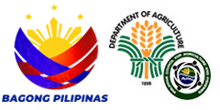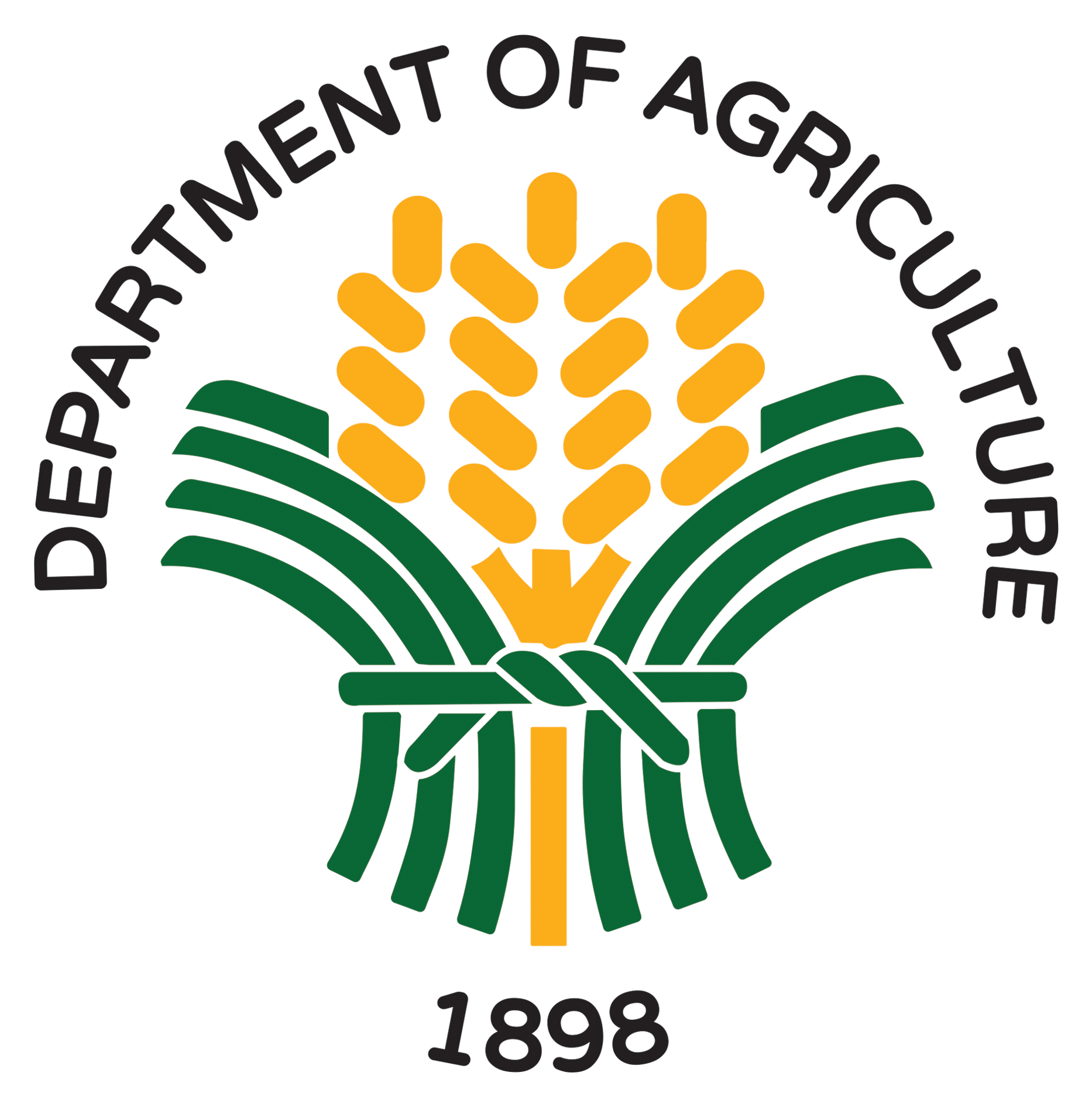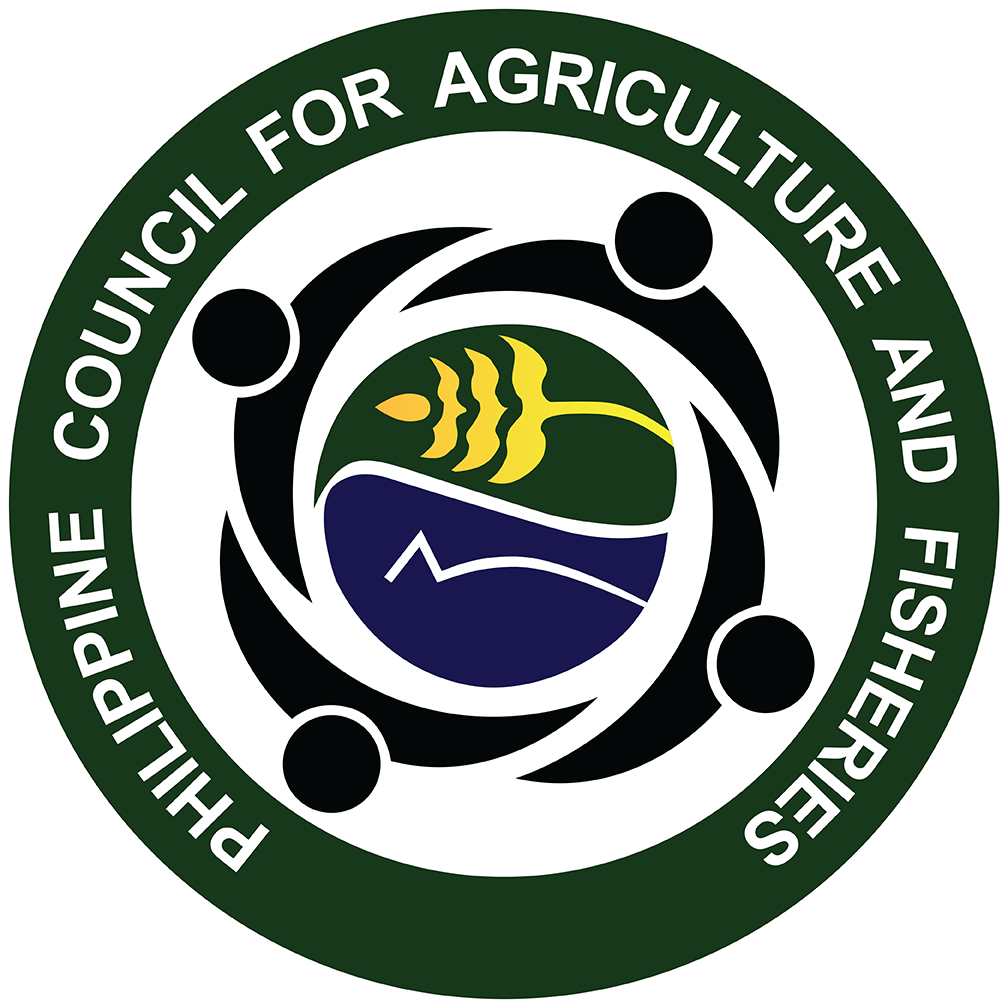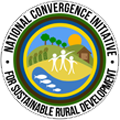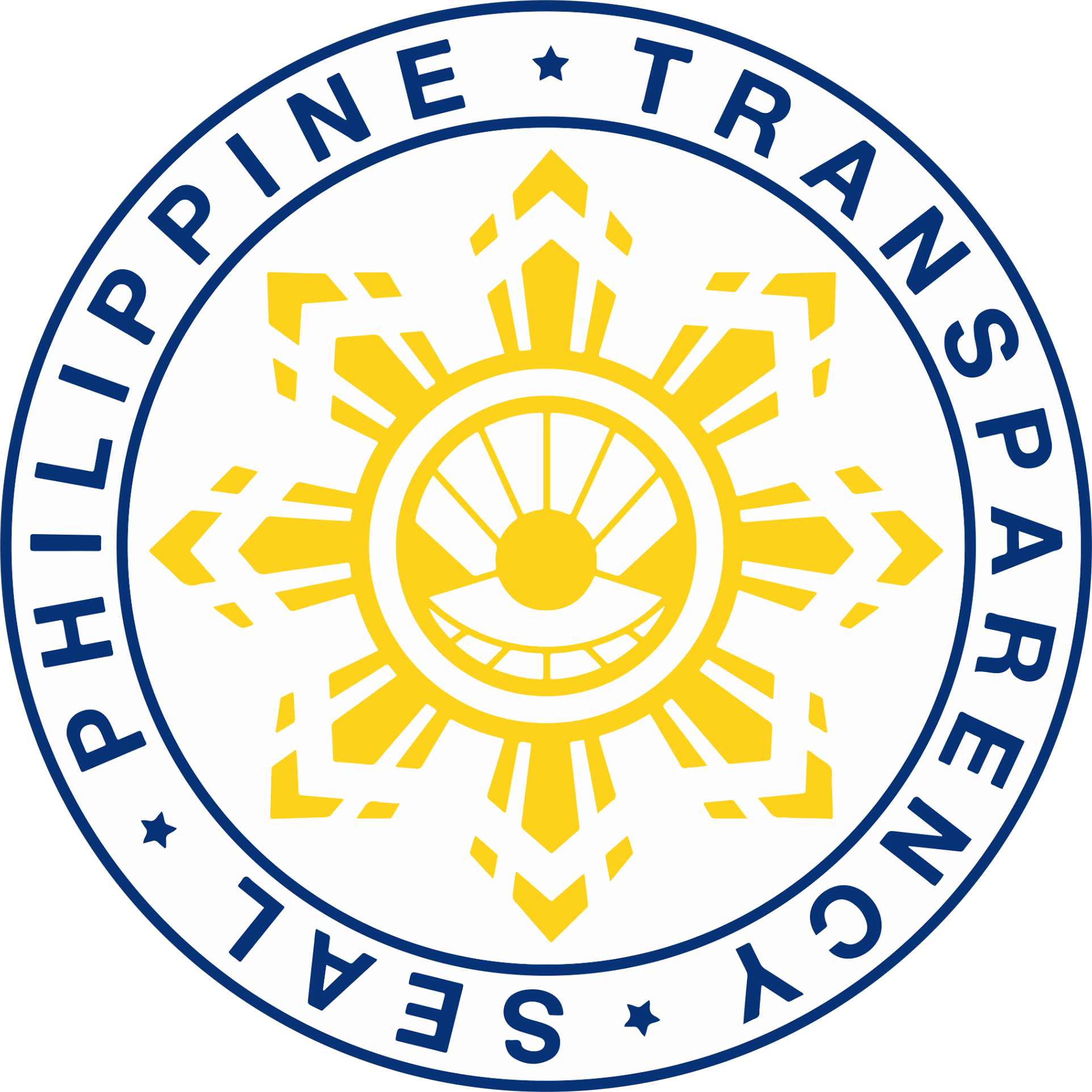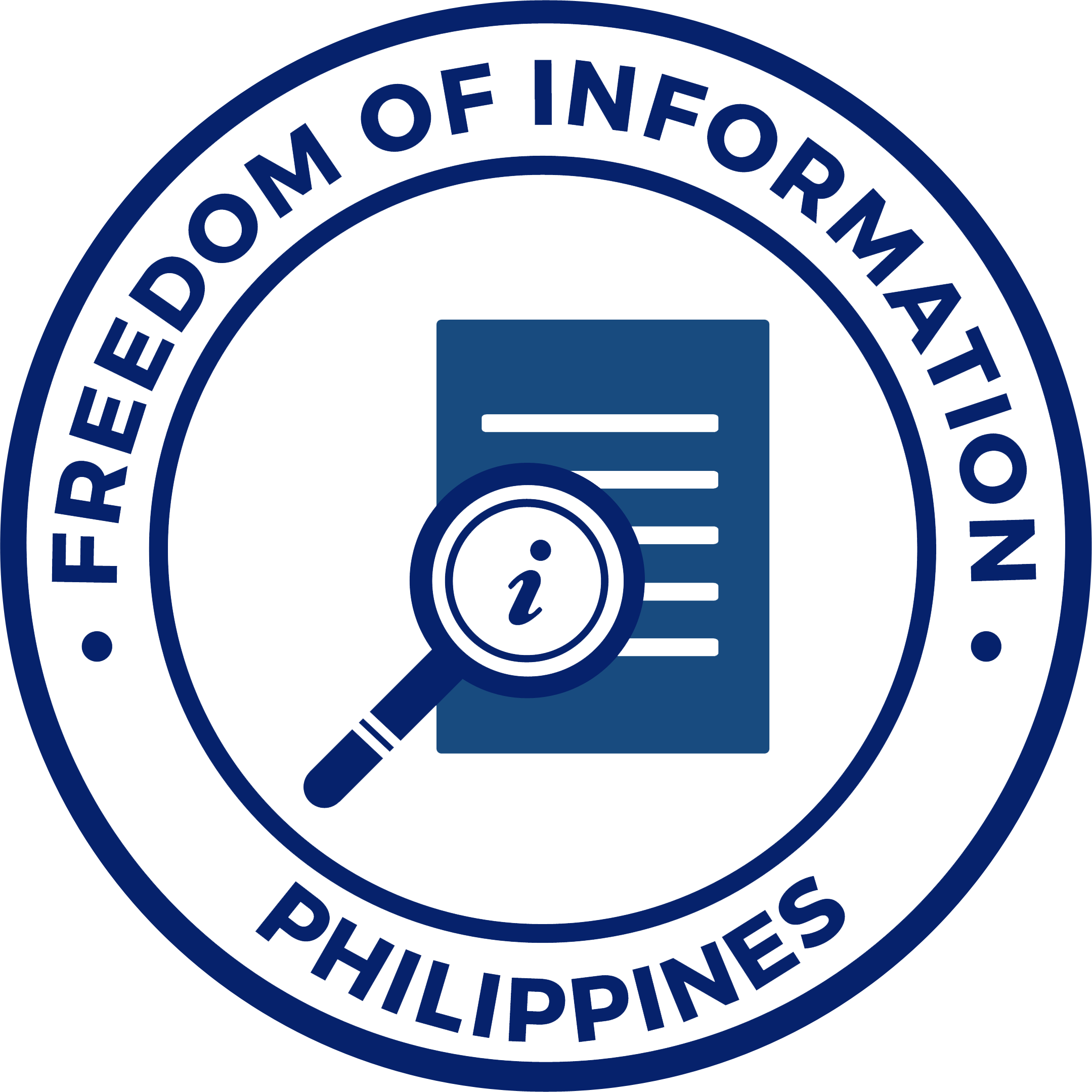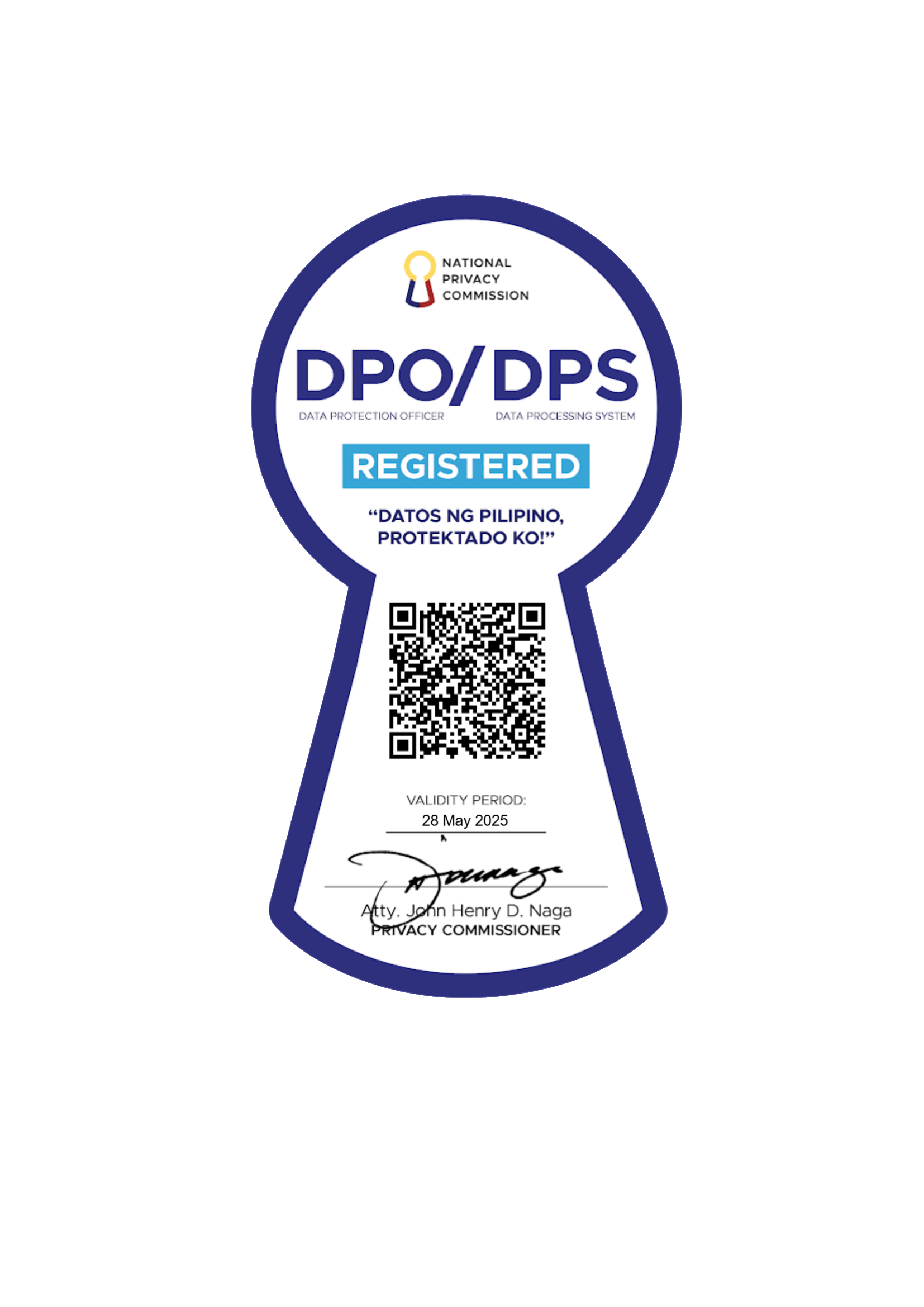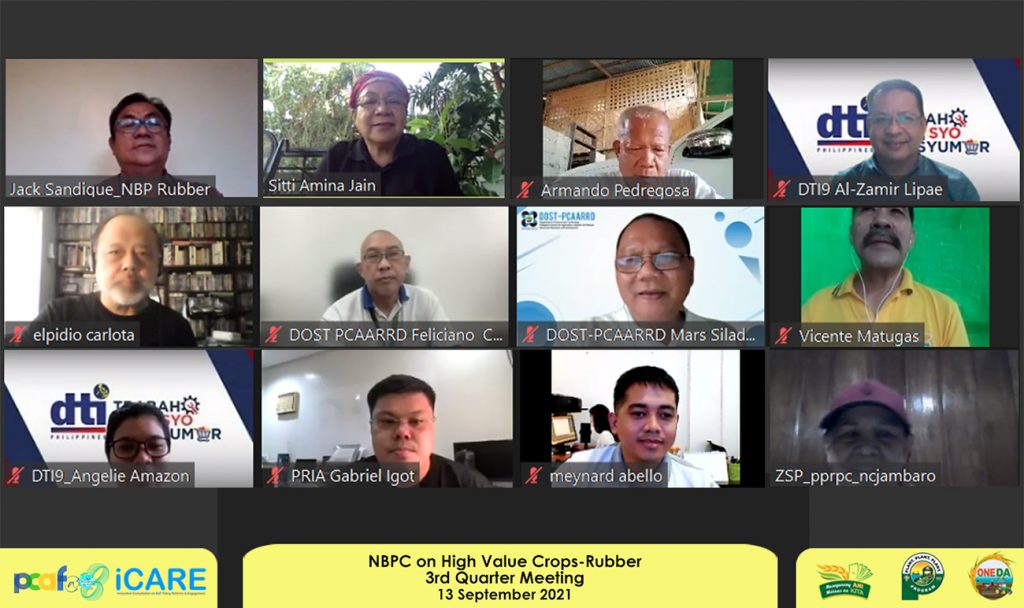
With farmers gradually moving away from rubber cultivation due to prolonged low prices of natural rubber (NR), the National Banner Program Committee on High Value Crops-Rubber deliberated on a sustainable price mechanism (SPM) during its third quarter meeting on September 13, 2021.
The Department of Trade and Industry-Zamboanga Peninsula noted that SPM could help mitigate price fluctuation but other mechanisms would also need to be implemented such as: managing long-term supply of NR, increasing demand of NR and innovation in rubber products, and assisting farmers to generate additional sources of income.
The target price of SPM comprised a minimum free on board (FOB) price at US$2.20/kg (approx. PhP110/kg) and maximum FOB price at US$3.50/kg (approx. PhP174kg). However, SPM might not be enforced if the market price would be higher than the minimum SPM on the issued date.
In line with this, the Committee was requested to provide inputs on the SPM for Rubber that would form part of the Philippine Position to be submitted to the Association of National Rubber Producing Countries (ANRPC) by the end of October 2021.
The Committee also recognized the need to review the Philippine National Standard: Code of Good Agricultural Practices (PNS Code of GAP) for natural rubber production to ensure alignment with the TESDA National Certification II and TWG members.
The approved 2019 PNS Code of GAP for NR, which was developed by the technical working group composed of government and private sector representatives, aimed to assist farmers/processors in providing quality assurance of raw and semi-processed rubber products that would enhance competitiveness of natural rubber for domestic use and international trade; and increase productivity and income, in compliance to relevant national legislations, proper use of natural resources, and promotion of sustainable agriculture.
Updates on 2021 programs of the Philippine Rubber Research Institute were also presented; These programs were:
- Piloting of Rubber Based Farming Technology
- Multi-location trial of International Rubber Research and Development Board (IRRDB) Exchange Clones in the Philippines
- Design, Fabrication and Field Trial Assessment of Rubber Tree Rain guards for Improved Latex Production, funded by the Department of Science and Technology-Philippine Council for Agriculture, Aquatic and Natural Resources Research and Development (DOST-PCAARRD)
- Strengthening of Rubber Farmers Associations and Cooperatives
- Propagation and Distribution of Quality Planting Materials
Also part of the agenda was the discussion of the rubber strategic plan, which included:
- Rubber Industry Strategic Science and Technology Programs (ISP) Chain;
- R&D projects per rubber technology area (2013-2025), including completed, ongoing/new, and programmed researches;
- Technology transfer initiatives on rubber: 3 completed and 3 proposed Science and Technology Community-Based Farm;
- Other non-R&D initiatives on rubber (institution development, trainings/scholarships, policies, and communication/IEC); and
- Convergence of technologies approach in rubber
DOST-PCAARRD also informed the body that the agency was developing the 2022-2027 R&D Rubber Roadmap.
In support of all these efforts, the DOST-Philippine Council for Industry, Energy and Emerging Technology Research and Development (DOST-PCIEERD) and the DOST-PCAARRD invited interested parties to submit research proposals, aligned with the ISP for rubber, for possible funding. | JCL
